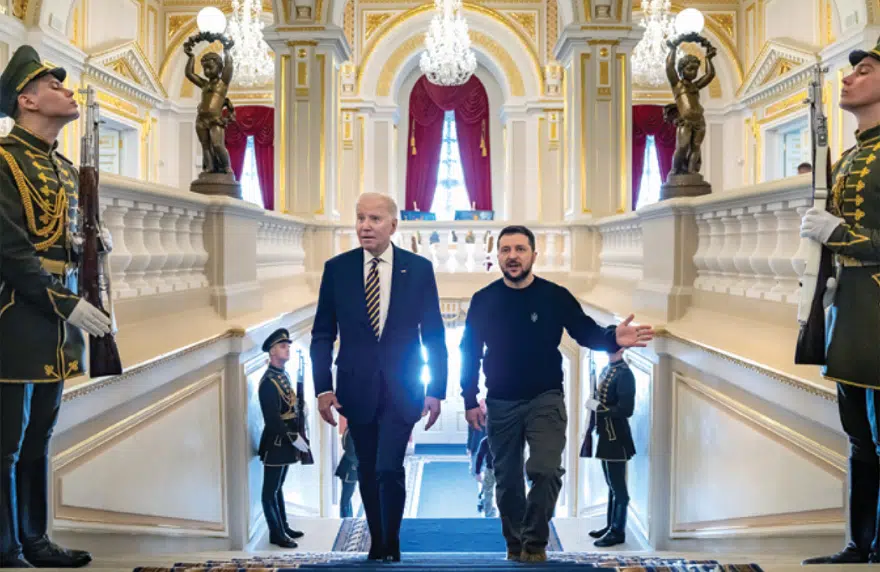Research
The risk of inadvertent nuclear escalation due to actions in the conventional domain is a serious, and underrated, feature of the current stand-off between NATO and Russia, following Russia’s 2022 invasion of Ukraine. This brief by HCSS analysts Paul van Hooft, Davis Ellison, and Tim Sweijs notes that NATO leaders and armed forces need to be conscious of unintended signals that can follow the placement of weapons, the movement of forces, and support to Ukraine, especially considering the deteriorating state of Russian armed forces.
The brief’s main conclusions are concerning: there are an increasing number of pathways that could lead to inadvertent escalation. Russia’s expenditure of dual-capable missile stocks, the shifting balance of power in Europe to the advantage of NATO, and NATO’s enlargement bringing it closer to the Kola Peninsula increases the likelihood that Russia faces “use-it-or-lose-it” choices. The Russian armed forces have been overburdened and one could expect civil-military relations to be disturbed. The Russian military is offensively minded, with the nuclear class developing its own parochial ideology. Russian C3I systems are degraded through sanctions and direct attacks. Finally, Russia has launched attacks on Ukraine, and used dual-capable delivery systems, from the same locations as its nuclear arsenal.
As NATO-Europe continues to support Ukraine, we suggest a series of measures to avoid inadvertent escalation. Among others, we stress that caution be taken with NATO’s nuclear and conventional posture, including the placement of conventional missiles within range of threatening Russia’s nuclear capabilities. The authors also argue that positive measures, such as military-to-military contacts, should be maintained.
Authors: Paul van Hooft, Davis Ellison and Tim Sweijs
Contributors: Adam Meszaros and Michal Gorecki
Quality assurance: Rob de Wijk. Editors: Paul van Hooft and Tim Sweijs
This paper is part of the HCSS programme on Strategic Stability: Deterrence and Arm Control and builds on previous reports: Good Fear, Bad Fear: How European defence investments could be leveraged to restart arms control negotiations with Russia. Realigning deterrence and arms control in a European quest for strategic stability and Shifting Sands of Strategic Stability: Towards A New Arms Control Agenda.
The research for and production of this report has been conducted within the PROGRESS research framework agreement. Responsibility for the contents and for the opinions expressed, rests solely with the authors and does not constitute, nor should be construed as, an endorsement by the Netherlands Ministries of Foreign Affairs and Defense.






